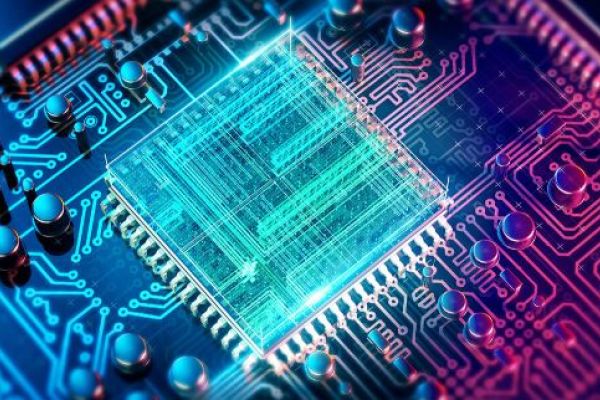Virtualizing Smart Grid monitoring - Transitioning from a Product to a Service Centered Business Model

The Publication
Read the visionary publication by the IBM Institute for Business Value, with cooperation of Bausch Datacom - RITTER Starkstromtechnik, on Reviving aging power grids with blockchain
The Challenge
Due to the electrification of the society, grid operators will have to update the infrastructure in the next years to be able to keep up with the increasing demand for electricity. Not only is maintaining the power quality becoming more important than ever before, also fast automatic control and recovery after fault detection is key to prevent economic losses -e.g. the black outs in 2019 Argentina, Paraguay and Uruguay of June 16th, in Venezuela of March 7th–August 30th, Java on August 4th–5th, Belgium (in Ghent – BE, 2017 and in Hasselt – BE, 2019 due to fires in cabinets, which caused economic losses for local SMEs and a temporary downtime of public services.) and many other countries -.

The evolving datacommunication technologies lead the path
There exist different modules to monitor these characteristics at the level of medium and low voltage grids. However, these are often standalone devices with a dedicated purpose and often not capable to be integrated into an overall SCADA monitoring system. Also, implementing monitoring based on devices and software which is based on a current technology status is compromising the long-term investments of electricity network distributors, even more so taking in account the uncertainties of the ‘Smart Grid Years’ to come.
Now, the continuously evolving virtualization of processing power, being moving processing tasks to the cloud or at the edge of it instead of doing it locally, in many cases allows for larger processing capacity at a reduced cost for (signal) processing efforts while the monitoring devices themselves can become more generic and less dedicated for a single purpose. In other words, the device: a networked digital oscilloscope would become a generator of raw data whilst both the monitoring and control services are established in an external, virtualized environment. This could result in more flexibility for grid monitoring and restoration while reducing the cost for both the infrastructure and the integration of the functionalities in the SCADA systems.

In addition, the transition to cloud-based processing of grid monitoring opens opportunities for “grid monitoring and control as a service”. Such a service would imply that different monitor and control functionalities, fed by the raw data of the generic devices, can be offered online according to the need of the customer. It would be easy to deploy new services for grid monitoring or control in the future since no changes are required to the infrastructure or the devices, and only additional processing resources in the cloud would be required. In a mainly product centered sector, such a service model can be an interesting, though challenging differentiator.
The aims of the inquiring parties are to identify, analyze and evaluate to what extent it is possible to move grid monitoring and control functionalities to a (potentially centralized) cloud or edge-based platform whilst reducing the device complexity and to what extent this allows transitioning from a product to service centered business model. Next to the technical feasibility, also the economic opportunities and challenges of the idea will be analyzed and evaluated.
Technological and Eco-Financial cross-over
Although, both the market needs and interests of the interested partners will determine the final use cases, the above interesting research topics on the ‘Smart Grid’ seamlessly fit in evolutions such as Blockchain, Escrow trading (trading of energy and in the case of electricity highly connected with technological challenges such as keeping the electricity production and demand in balance), Micro Social Tissues (e.g. civilians grouping themselves to buy and produce electricity) and so on. These ideas and evolutions together with many other ones will create an ever-smarter infrastructure and digital society requiring new political, social, economic and cultural views.

So, concluding, we can state that the analysis of how to approach the IT aspect of the Smart Grid is exemplary and highly connected to the global core evolutions we experience worldwide. The analysis may aspire and should fuel inspiration for solutions on how to approach and tackle the technological (IT), Eco (Economical but also Ecological) and financial cross-over and challenges for the human race in this rapidly globalizing and changing world, and vice versa.
September 2019,
Didier Colle (IMEC, Ghent University)
Rik Verheyen (Bausch Datacom)
Visit Bausch Datacom at Utility week Paris, 12-14th November!
Comments ( 0 )
Like
There are no comments yet